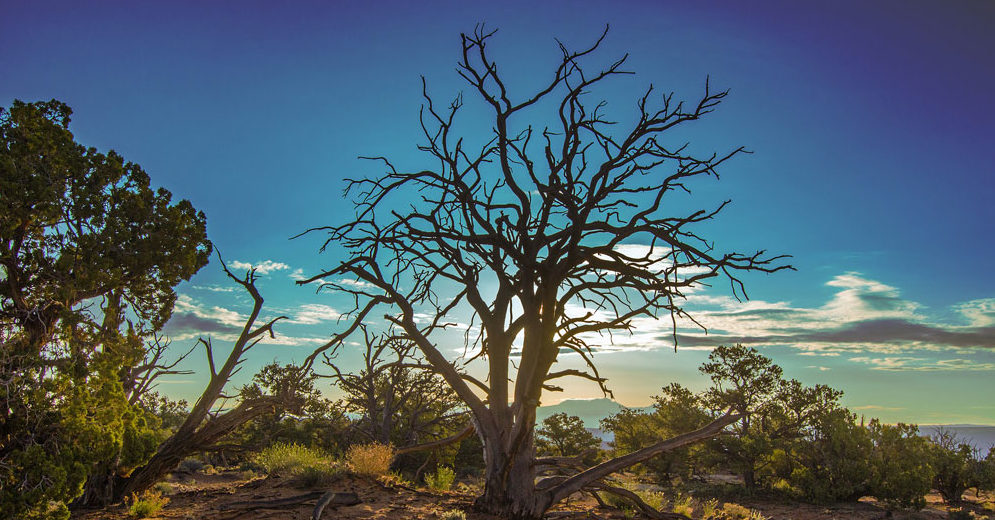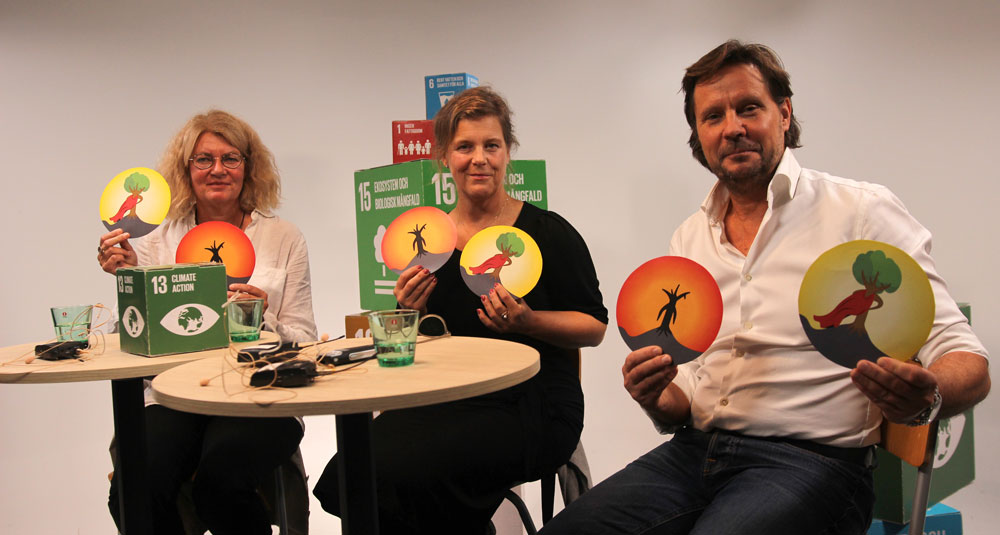Forests and trees can mitigate climate change and help us build resilient and healthy societies. Many large-scale tree-planting initiatives have emerged in the last few years as a response to the growing demand, but often these initiatives fail to deliver people’s needs and end up threatening the people’s livelihoods and the wellbeing of our planet.
Historically and today, our society has benefitted greatly from trees as they helped us built our wealth by providing shelter, wood, energy, paper and work opportunities, as well as habitats for our world’s flora and fauna. But, recently we have seen an increase in forest fires in New South Wales and Victoria in Australia, in California, Siberia and the Brazilian parts of the Amazon. At the same time, large parts of rainforests, especially the Amazon, are being cleared for the benefit of agricultural expansion, driven to a large extent by consumption in the Global North.
How can we ensure that healthy forested landscapes continue providing food, timber and other forest resources while nourishing biodiversity and our connection with nature?
In the event Trees in a disturbed climate – heroes or victims? broadcasted live on October 2, 2020 at the Gothenburg Science Festival, experts in forestry, architecture and ecosystems twisted and turned over the many roles of trees and forests and elaborated on how we can think and prioritize when balancing different use options, both locally and globally. You can watch the recording of the event in Swedish below.

